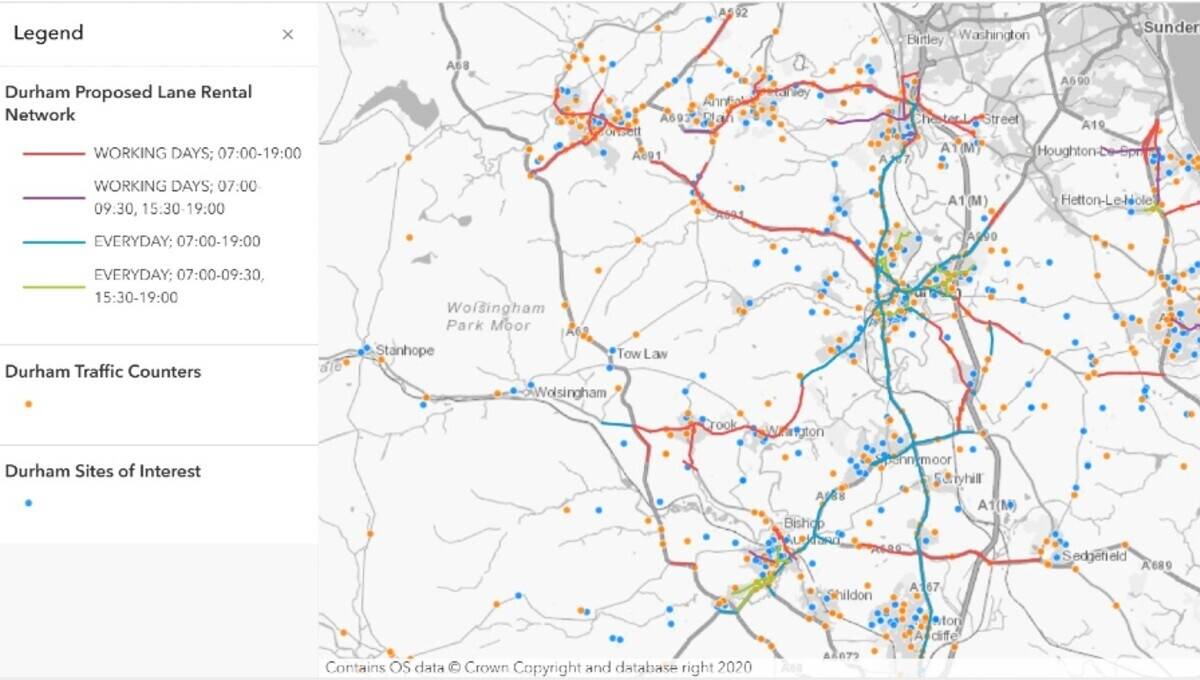
British APCO has been working with the Cabinet Office, Welsh Government and ACPO members from both the emergency services and the commercial sector to look at the problem of exchanging incidents between agency control rooms.
The consortium has agreed an open, common schema in line with the UK Government's Open Standards Principles. This schema (which grew out of the Direct Electronic Incident Transfer trial undertaken in Wales) has been suggested as a solution to the Cabinet Office Standards Challenge on this issue which can be found on the UK Government's Standards Hub.
The National Security Strategy and the Strategic Defence and Security Review (SDSR) set out the Government's objectives to keep the United Kingdom safe and provide resilience.
One of the areas identified for improvement is the way in which emergency responders share information across and between organisations. This isn't just confined to major incidents, there are a range of circumstances where this might be needed â from dealing with instances of graffiti, to road traffic collisions, right through to civil emergencies such as flooding or the result of a terrorist attack.
Every day the UK's emergency services deal with thousands of incidents of differing priority, urgency and complexity. Evidence from Wales suggests that for every 4 calls received from the public, the emergency services make 3 calls to their colleagues in other control rooms to relay information regarding incidents.
The Multi Agency Incident Transfer (MAIT) standard provides a solution to this problem by providing an agreed structure for the data elements that need to be shared between organisations.
The UPRN is used as the common identifier. The project has demonstrated that the UPRN, when used as a key reference identifier, facilitates effective and efficient public service information sharing resulting in tangible service provider benefits that ultimately lead to better outcomes for citizens.
The results
MAIT has resulted in a reduction in the operational response times in relation to emergency incidents and improvements in the quality and timeliness of incident data from over 4 minutes per call to 16 seconds.
Within Wales, over 300,000 calls are made per annum across the three emergency services offering the potential to save over 18,000 hours of emergency service control room staff time spent telephoning other agencies. Ongoing integration with local government and the Single Non-Emergency Number (101) will easily double this saving.
Faster incident response times reduces the impact on those involved in an emergency and increase confidence in the incident location.
Reduction in time transferring incidents to other agencies mean operators can spend more time with callers gathering more information and allocating appropriate resources.
The use of UPRN has resulted in a 20% increase in accuracy in address data in emergency services datasets.
By providing a common operating picture (same information provided to all responders) the overall risk to personnel has been reduced and ensures that responders respond to the same location (this has caused a major delay in the past).
The following benefits have also been identified:
- improved decision making and shared situational awareness
- improved confidence that other agencies have the same incident information and will arrive at the same location
- opportunity in the very near future to share pictures and/or video clips of an incident
- reduction in abandoned calls
- increased time with the caller to gather intelligence and provide support
- faster response times to incidents have a positive impact on those involved in the incident
- improved health and safety of responding organisation personnel by the timely relay of accurate information
- reduced pressure on staff at peak times.
The UPRN works
The project has demonstrated that the UPRN, when used as a key reference identifier, facilitates effective and efficient public service information sharing resulting in tangible service provider benefits that ultimately lead to better outcomes for citizens.
The approach undertaken has established a proven, long term and scalable solution to secure multi-agency electronic information exchange. This has been achieved by having a clear vision of the value of the UPRN to underpin information exchange as well as close ongoing collaborative engagement with stakeholders.
A schema for the future
The project has resulted in a schema that could be the catalyst for future systems development for information sharing across the public sector.
There is no doubt that this project has clearly changed the information sharing landscape and demonstrated the potential operational, cultural and financial improvements that can be achieved through wider UK implementation. These benefits and potential outcomes have exceeded all expectations and cannot be ignored.
As Tony Bracey, the MAIT project manager said "I think in the future we'll not only be sharing information related to emergency incidents but also overlaying those with other public sector-relevant information.
Additional benefits to the public sector in Wales
Local authorities across Wales undertook a programme of work, sponsored by a cross sector project board to "Create one version of the truth through a single, accurate and sustainable property dataset for use as the basis for information exchange across the public sector in Wales".
This was important in ensuring the âtrust' of the MAIT project partners in the currency and accuracy of the address data used and the UPRN.
Representatives from across the public sector in Wales recognised that the project could become a vanguard for public service improvement and accepted both the challenge and strategic support. A set of actions were agreed to deliver the challenge.
This programme in itself has brought significant benefits to council business processes. The challenge was to:
- improve the accuracy of the local address data where needed
- utilise local address data to maximise revenue income within each authority through integration with Council Tax and Non-Domestic Rates systems
- establish cross public sector collaborative working groups to deliver the challenge
- reduce the costs associated with the management and maintenance of multiple individual gazetteers across organisations
- improve efficiency and collaboration through effective sharing between agencies ensuring accurate and up-to-date response information during emergency scenarios
- reduce overheads, duplication and errors associated with double-keying of information
- improve service response times
- reduce the administrative burden and costs associated with staff time, call handling and telephony.
By aligning local address data with Council Tax and Business Rate systems, local authorities in Wales have increased their revenue streams by between £50k and £180k per Authority, per annum.
Equally, this project has demonstrated a collaborative working model whereby one service provider can store and maintain key operational information for use by many others across secure networks.
Future working â an evidence based proof of concept for data sharing
This project has now created an environment whereby the pilot organisations have the ability to securely and effectively share location based information/intelligence with one another which goes beyond simply transferring details of incidents. This includes for example violence at work registers. Historically this type of information held by different organisations has not been freely shared even though many public sector workers could be visiting the same potentially dangerous households.
The UPRN is now being used to share vulnerable household information between Social Services and Fire and Rescue Services to provide targeted Free Home Fire Safety Checks to vulnerable households.
Utilising the MAIT schema, there is also an ongoing project for wider intelligence sharing between the fire service, health and social services to identify vulnerable properties where citizens are in receipt of an authority care package.
Additional resources:



